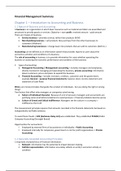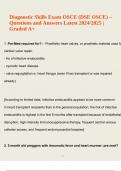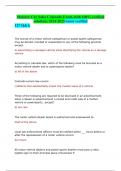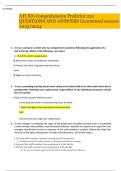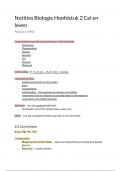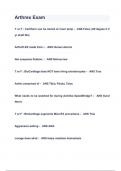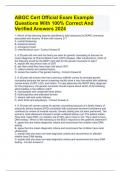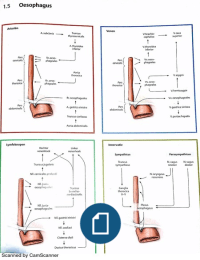Samenvatting
Summary Financial & Managerial Accounting, ISBN: 9781337119207 Financial Management 1
This document summarizes the first 3 chapters of the book for first-year AMSIB students. With this summary I was able to get an 8 as a grade, I would recommend practicing a lot, besides reading this.
[Meer zien]
